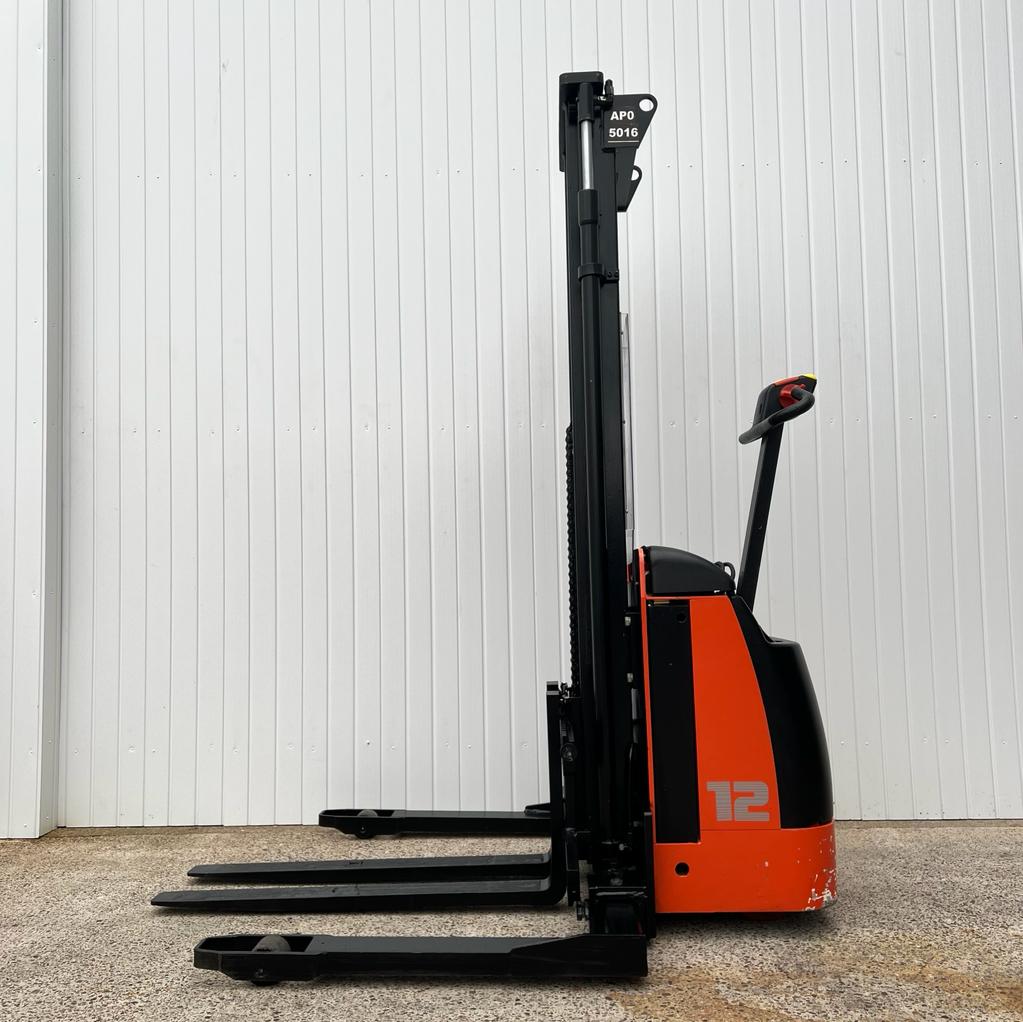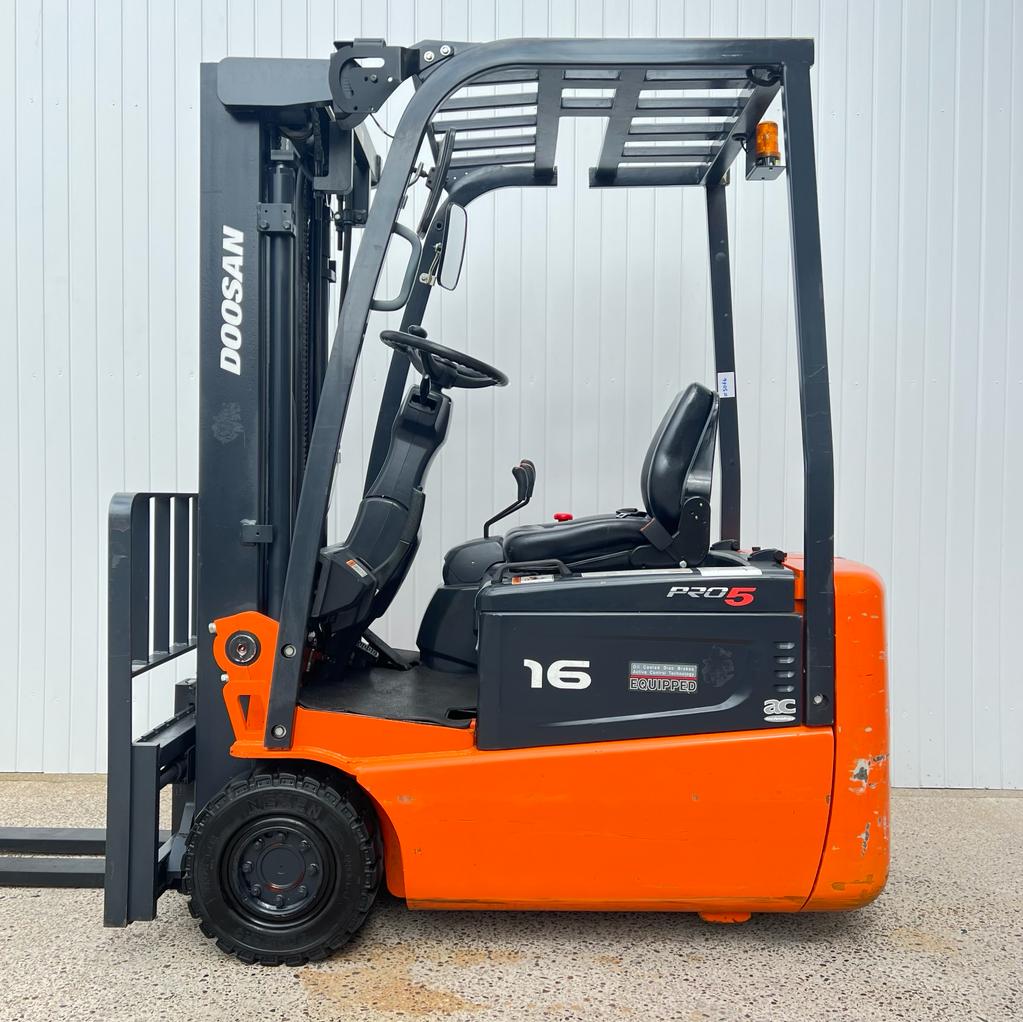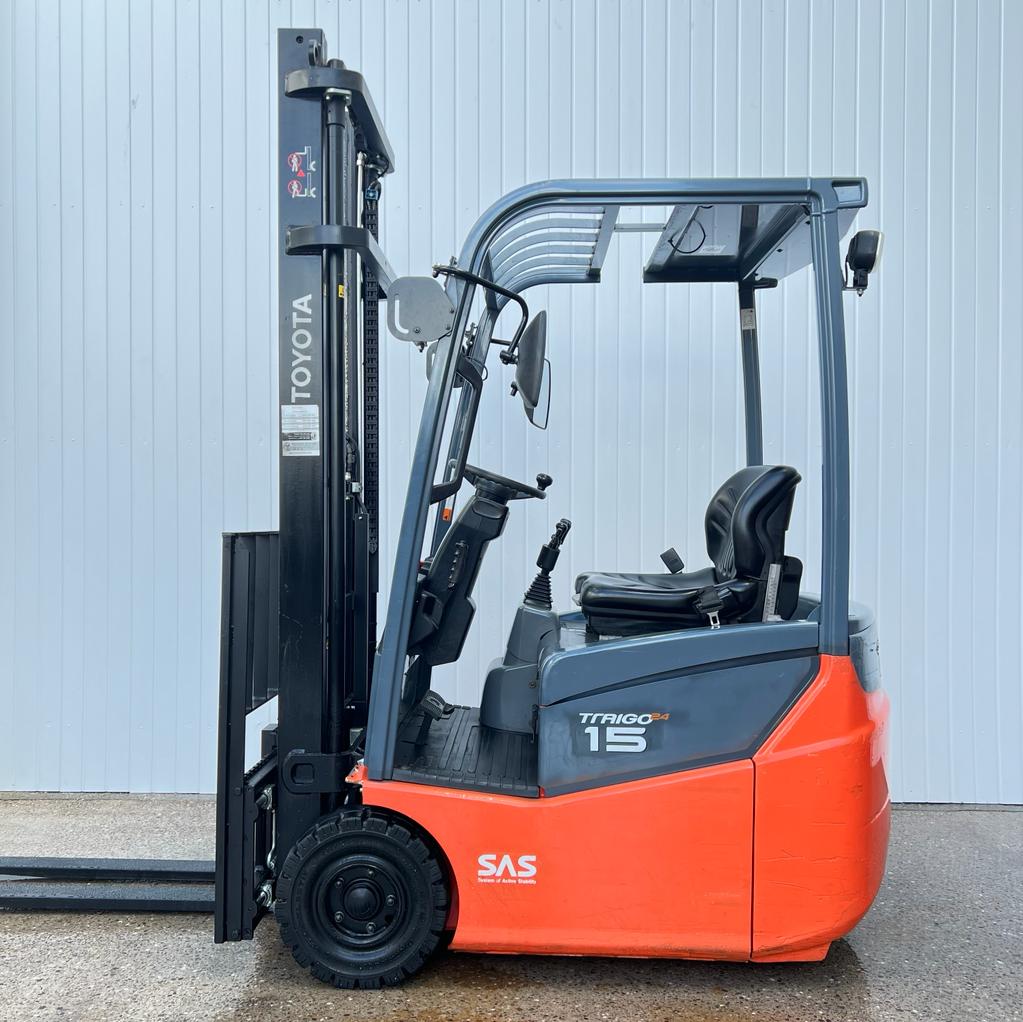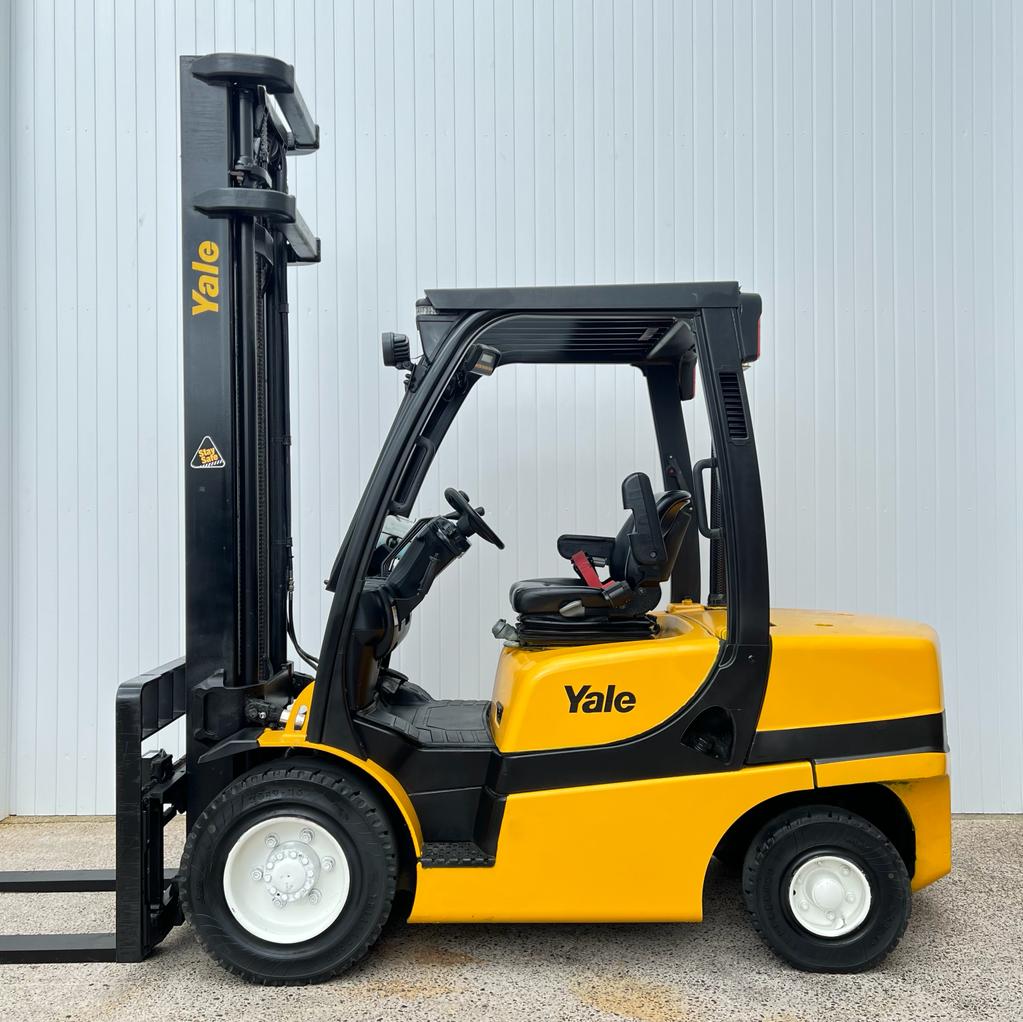New in Stock This September at Trucks Direct
The time has come again to showcase our newest in stock for September. Whether you’re looking for an outright payment or weekly installments, we’ve got you covered.
MITSUBISHI FB25K USED 4 WHEEL ELECTRIC FORKLIFT (#5059)
Specification:
- Manufacturer: Mitsubishi
- Fuel Type: Electric
- Lift Height: 4300mm
- Year of Manufacture: 2001
- Warranty: 3 months parts and labour
Snap it up from just £39 +VAT p/w!
CAT GP20NT USED GAS FORKLIFT – 4300MM LIFT (#5017)
Specification:
- Manufacturer: Caterpillar
- Fuel Type: Gas
- Lift Height: 4300mm
- Year of Manufacture: 2017
- Warranty: 3 months parts and labour
Purchase this Forklift for £11,100 inc. VAT!
ROCLA SW1200 PALLET STACKER ELECTRIC – 3300MM (#5094)
Specification:
- Manufacturer: Rocla
- Fuel Type: Electric
- Lift Height: 3300mm
- Year of Manufacture: 2004
- Warranty: 1 month truck, 1 month battery
Get this great deal for just £3,540 inc VAT
HELI FB15 USED 4 WHEEL ELECTRIC FORKLIFT (#5065) – 3000MM LIFT
Specification:
- Manufacturer: Heli
- Fuel Type: Electric
- Lift Height: 3000mm
- Year of Manufacture: 2016
- Warranty: 3 months parts and labour, 12 months onsite battery
Pay just £38 inc VAT per week!
DOOSAN B16R-5 USED 3 WHEEL ELECTRIC FORKLIFT (#5064)
Specification:
- Manufacturer: Doosan
- Fuel Type: Electric
- Lift Height: 4500mm
- Year of Manufacture: 2018
- Warranty: 3 months parts and labour, 12 months onsite battery
Get this great deal for just £43 +VAT p/w
TOYOTA 7FBEST15 USED 3 WHEEL ELECTRIC FORKLIFT – 4000MM LIFT (#5066)
Specification:
- Manufacturer: Toyota
- Fuel Type: Electric
- Lift Height: 4000mm
- Year of Manufacture: 2017
- Warranty: 6 months parts and labour, 12 months onsite battery
You’ll find no better deal online than £14,340 inc. VAT!
YALE GDP35VX USED DIESEL FORKLIFT – 4500MM LIFT (#5049)
Specification:
- Manufacturer: Yale
- Fuel Type: Diesel
- Lift Height: 4500mm
- Year of Manufacture: 2011
- Warranty: 3 months parts and labour
Get it quick for £13,740 inc. VAT!
Shop Online or In Store Today!
Visit our homepage to see the complete new in stock models today, and save more with Trucks Direct.







